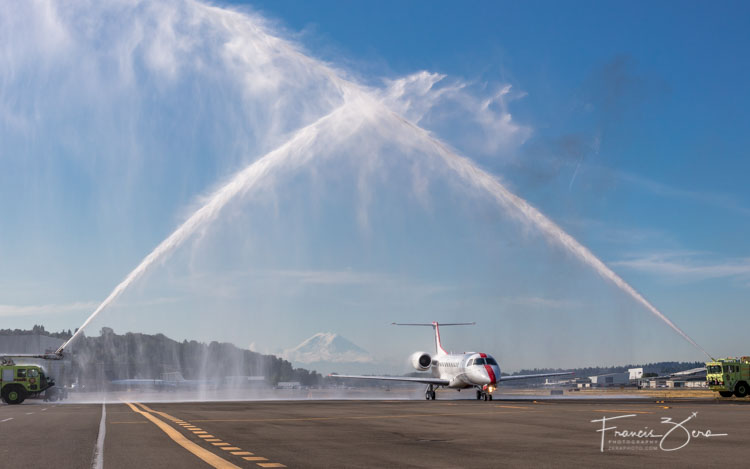
A JetSuiteX ERJ135 getting a water cannon salute at Boeing Field – Mount Rainier provided a dramatic backdrop
Simple, fast, efficient, comfortable, and reasonably-priced air travel. What’s not to like?
JetSuiteX kicked off scheduled service between Seattle and Oakland, Calif., on July 1, with three flights per day between the two cities.
This means that the metro Seattle area now has three airports offering scheduled passenger service: Seattle-Tacoma International Airport (SEA); Paine Field (PAE) in Everett; and Boeing Field (officially King County International Airport, BFI).
The airline euphemistically referred to the route as the “nerd bird” in a press release, no doubt calling out their hoped-for clientele: business travelers between the two tech hubs.
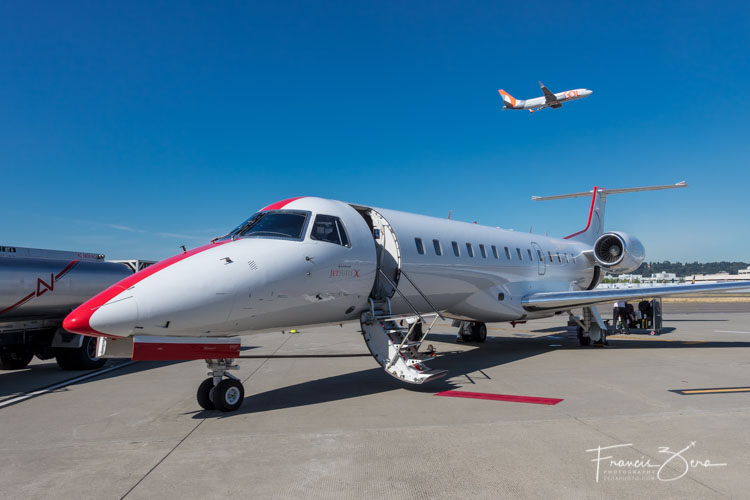
No fuss here – you just walk out of the terminal building and onto your plane (for the curious, that’s a GOL B-737 MAX 8 on a test flight in the background)
We’ll soon have a separate story offering background on the airline and more on their plans for routes, so I’m going to focus primarily on the flying experience here. And what an experience it was.
Arguably, one of the best parts of flying with JetSuiteX isn’t the flight itself so much as the removal of pre- and post-flight hassles. Lines? Not really. There are only a maximum of 30 people on your flight, and you’re either flying out of a relatively quiet secondary airport or an executive-style FBO (fixed base operator) at a major airport.
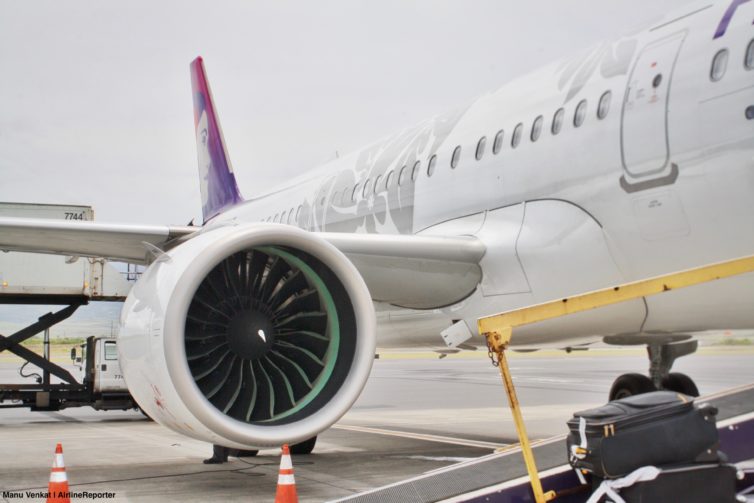
Right plane, right size, right mission. Hit the trifecta and — if you’re an airplane — you’ve earned a fruitful career in your airline’s fleet. Hawaiian Airlines has been flying for a mind-blowing 90 years, and for most if its recent past it’s had two sides to its fleet: big double-aisle aircraft like the Airbus A330 and Boeing 767 (recently retired) for long-haul flights to the Hawaiian islands, and smaller single-aisle planes for short hops between the islands.
But over the past few years, led by the U.S. legacy airlines, Alaska, and (most recently) Southwest, we’ve seen an explosion of a new middle market: extended-operations-certified narrow-body (AKA single-aisle) planes connecting the West Coast and the Hawaiian Islands. A lot of those flights hit secondary markets other than Honolulu, like Maui, Kauai, and the big island.
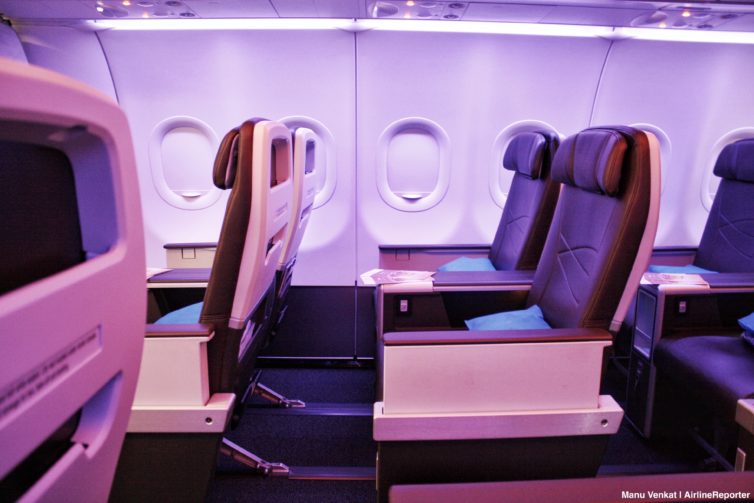
Hawaiian Airlines wanted to get in on that game, and they picked the Airbus A321neo to do it. The fuel-efficient next-gen narrowbody kicked off service with Hawaiian in early 2018, featuring a new premium cabin seat designed for medium-haul flights. And on a recent flight from Oakland to Maui, we put Hawaiian’s newest plane and seat to the test.
Read on as we say aloha to the Hawaiian Airlines A321neo!
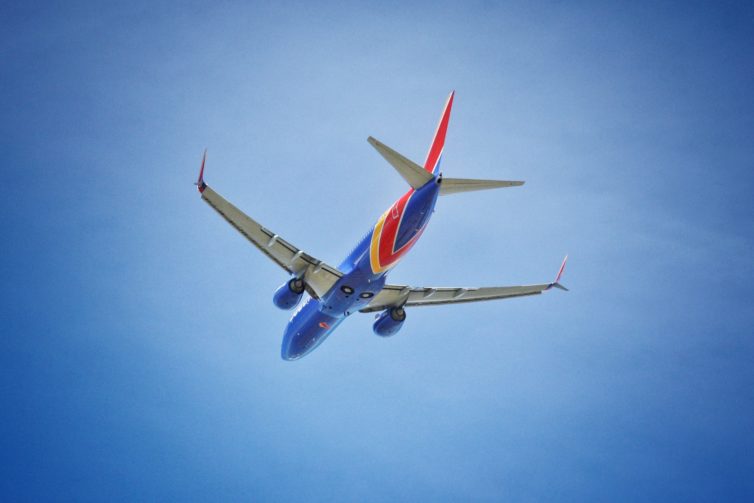
Photo: Manu Venkat | AirlineReporter
Alert: a new player has entered the game. At long last, Southwest Airlines is flying to Hawaii. It’s a major milestone for the airline, which has had its eyes on the Hawaii prize for a years. So when the first flight departed Oakland for Honolulu on March 17th, the airline threw a BIG party to celebrate.
There were hula dancers, live musicians, cakes, speeches, and (of course) TONS of Hawaiian shirts. Passengers on the flight — who mostly seemed to be Southwest employees and die-hard fans — got luggage tags and flower leis before taking to the skies. And we got to head out onto the airfield to see the flight off. Read on! We have so many photos, you’ll feel like you were there with us.
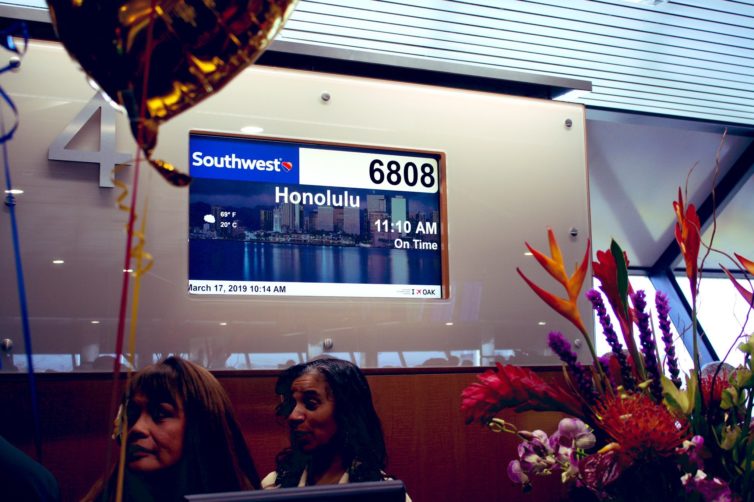
Photo: Manu Venkat | AirlineReporter
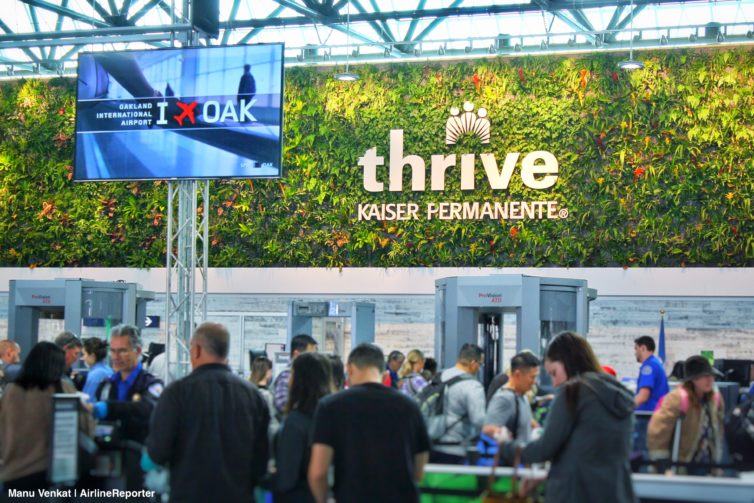
No matter how much you love flying, you’ve got to admit it can take a toll on your body and mind. Arriving at the airport late is stressful, TSA security checkpoints are hectic, and airplanes are dry. Air travel can bump your blood pressure up a few points and leave you feeling exhausted and dehydrated. And with chronic diseases like high blood pressure affecting tens of millions of Americans, those increased stress levels can definitely do some damage.
Oakland-based healthcare consortium Kaiser Permanente, which cares for millions of Americans, recently helped Oakland Airport redesign its Terminal 2 TSA security checkpoint to make it a more wellness-oriented space. With new H20-to-go machines, outdoorsy imagery, and even a massive living wall, we think they did a pretty solid job. Read on for more photo highlights!






